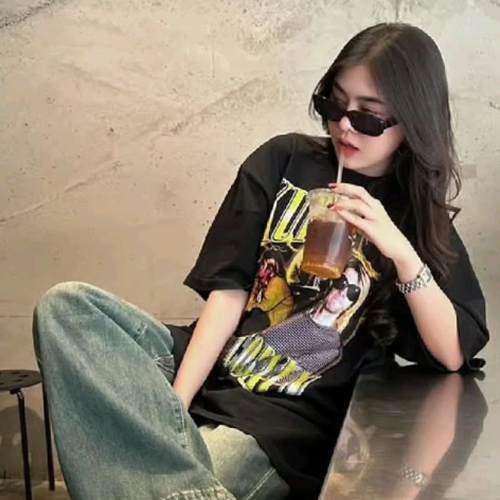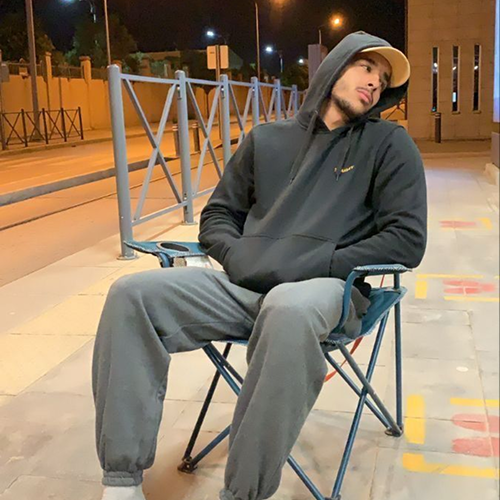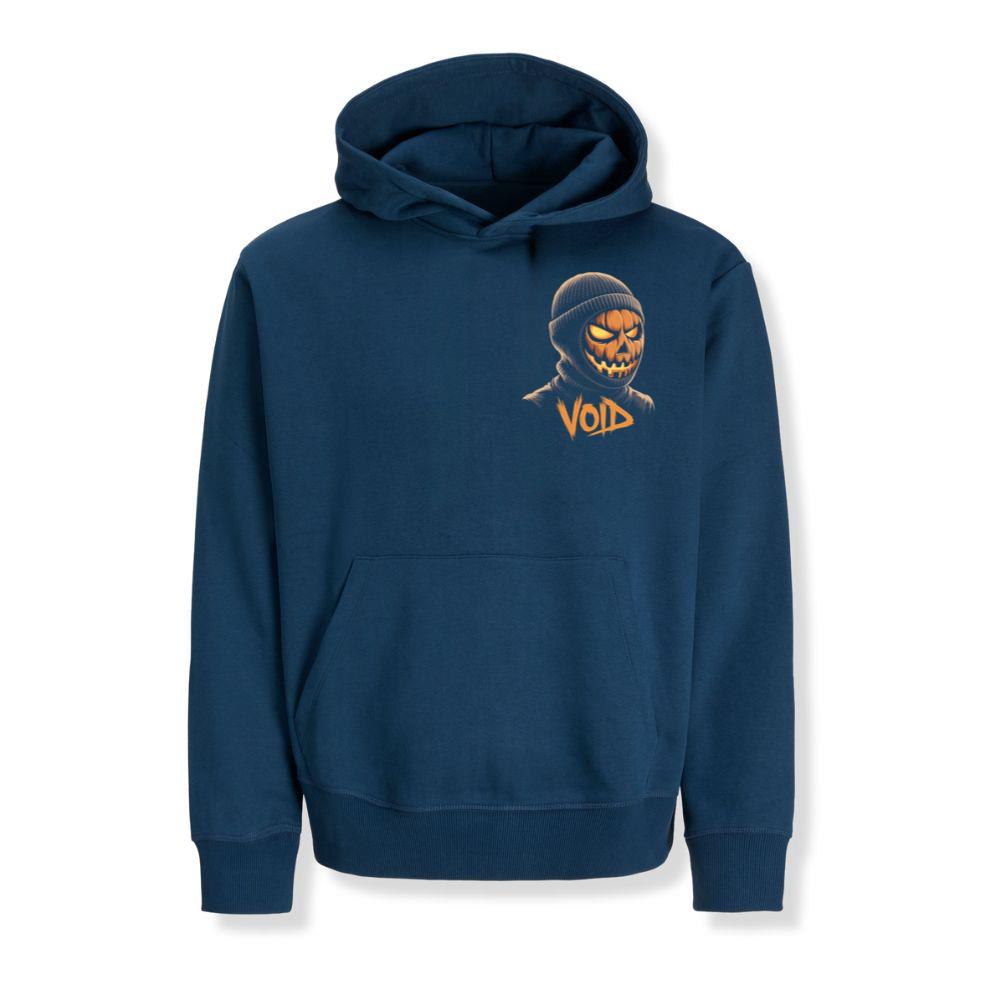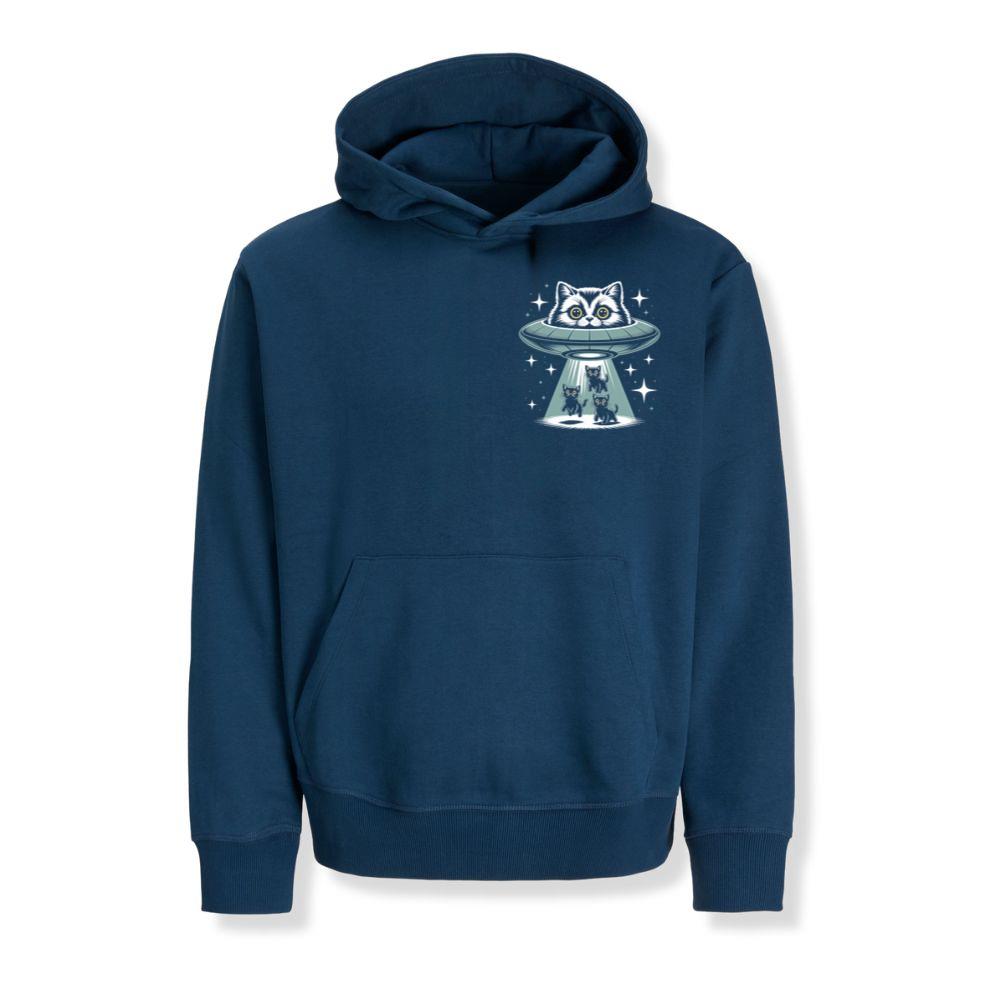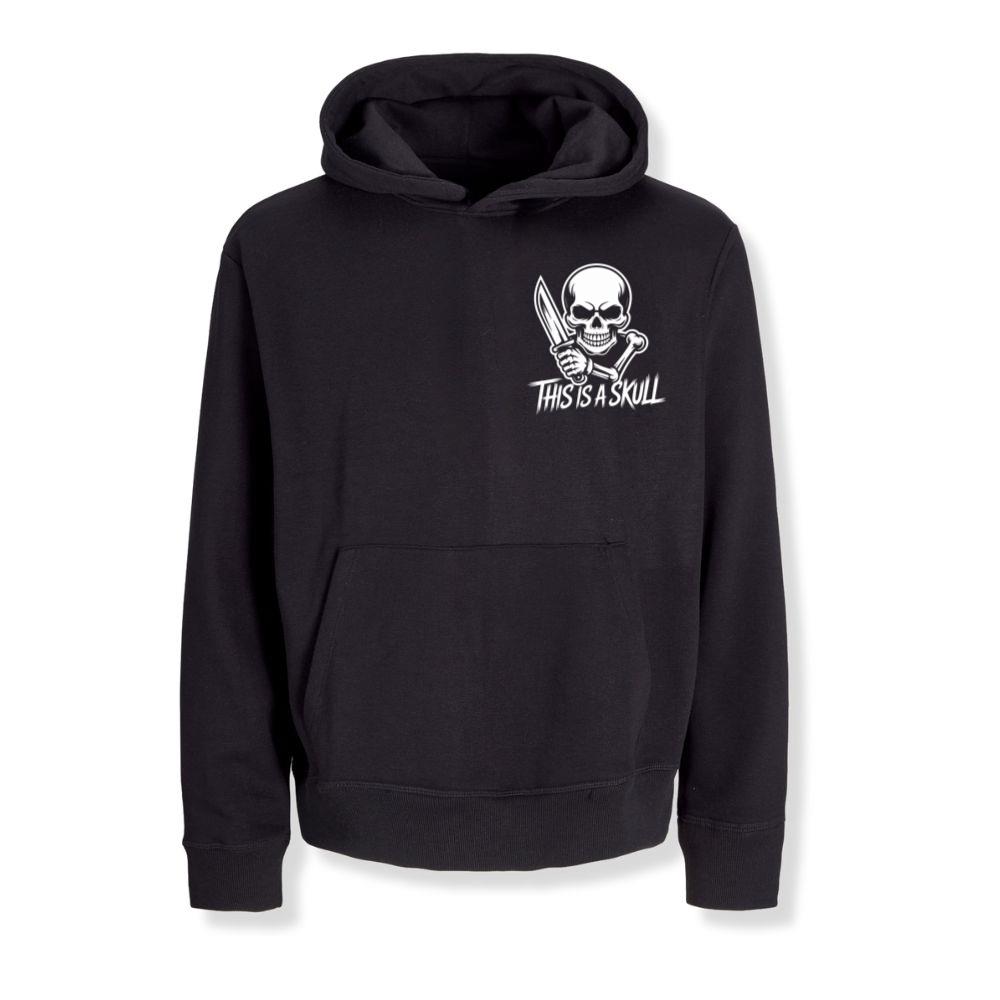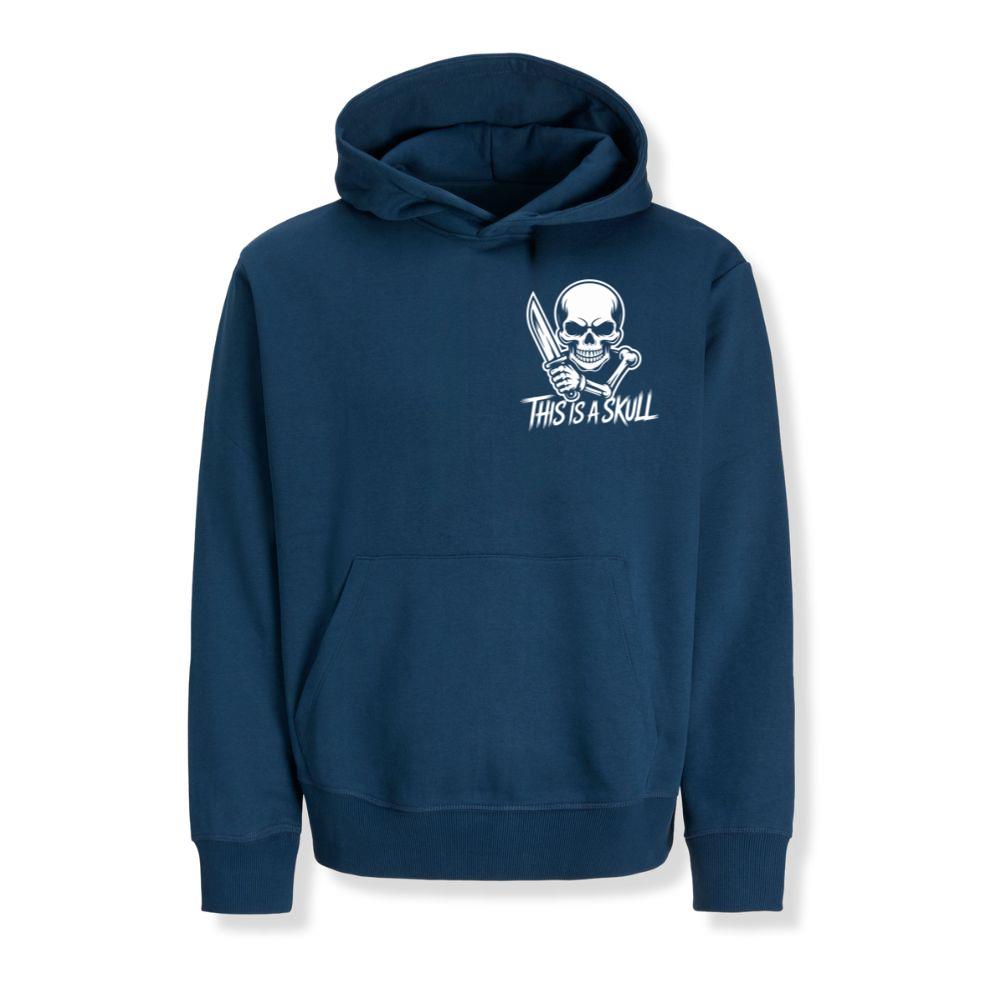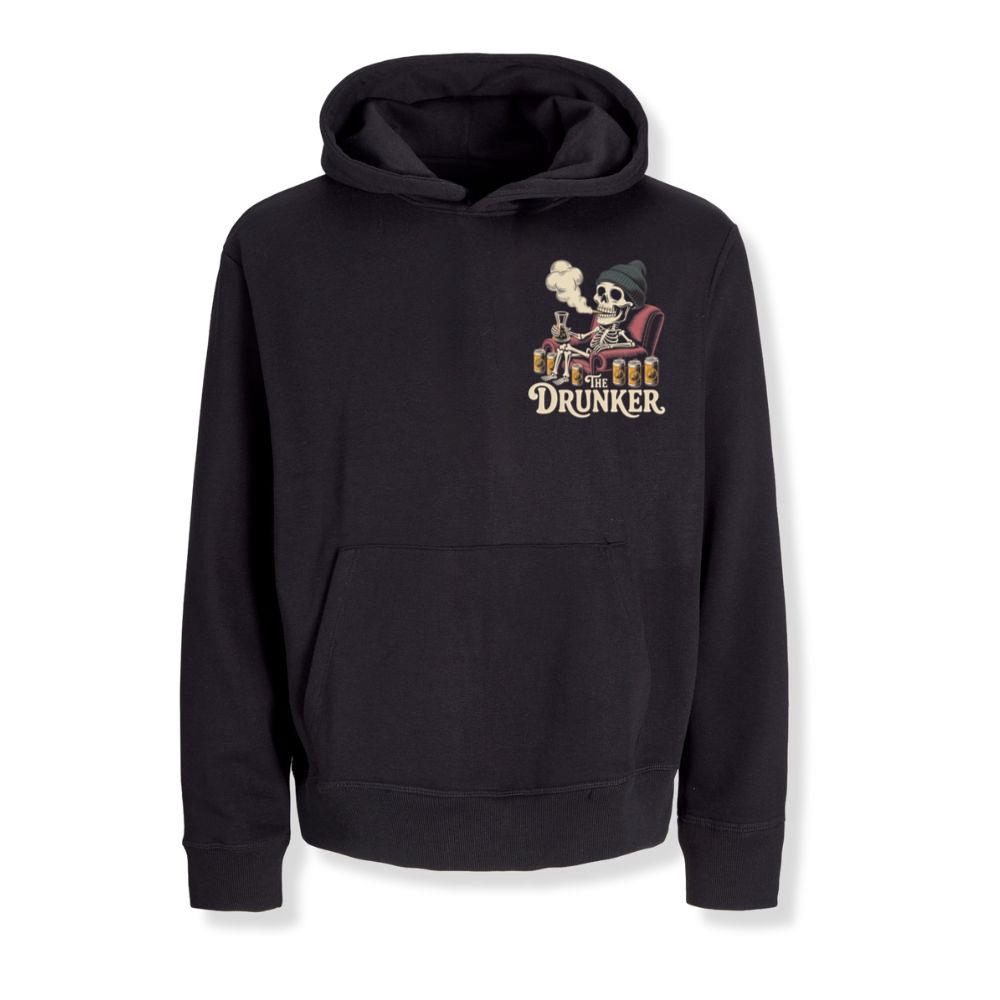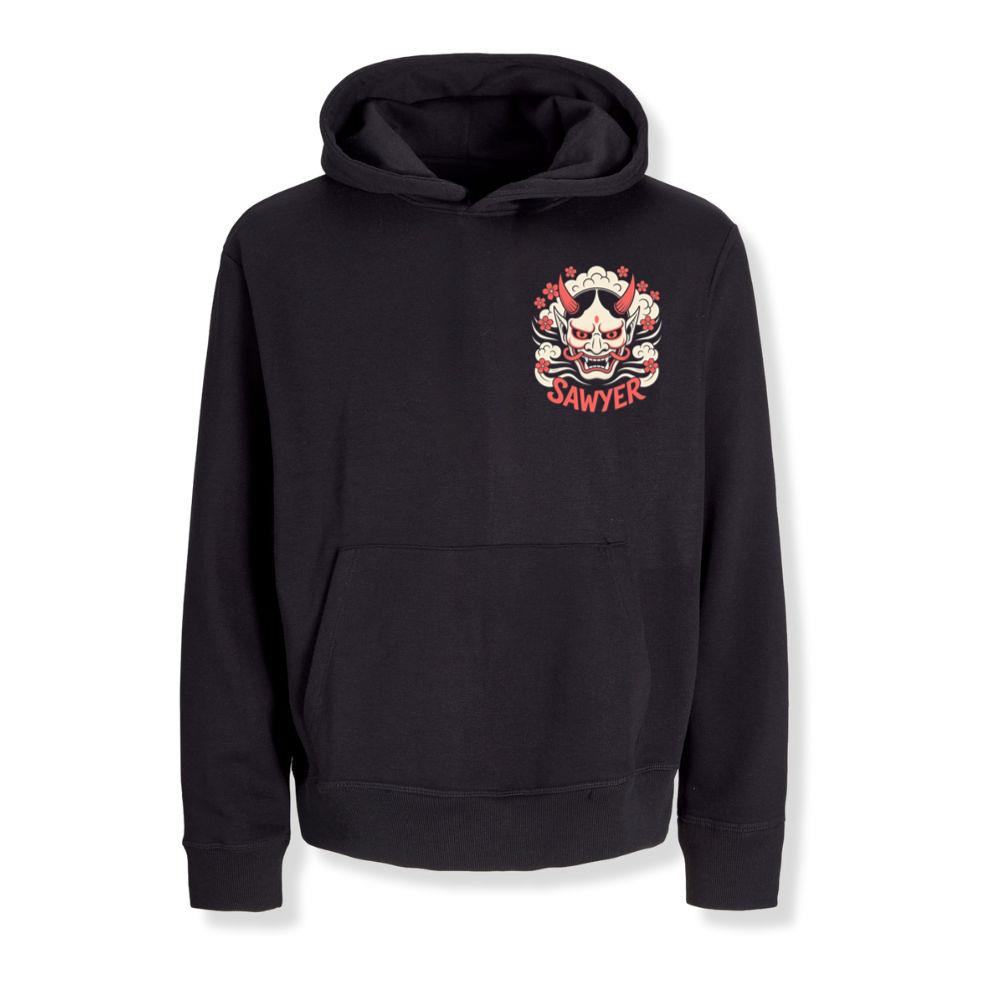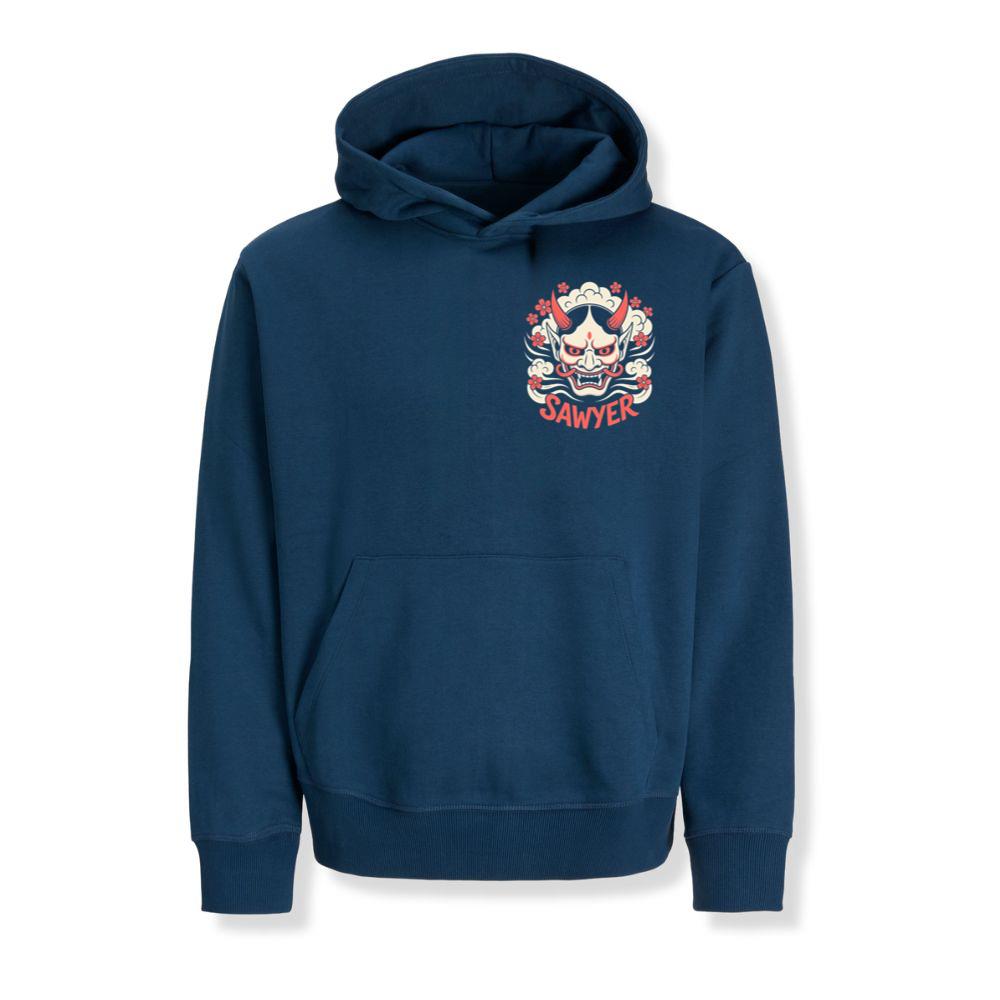Introduction: The Everyday Icon
If there’s one item that has silently shaped the modern wardrobe, it’s the T-shirt.
It’s not flashy, it’s not loud — yet it sits at the center of nearly every outfit you’ve ever worn.
From the street corners of Los Angeles to the runways of Milan, the T-shirt has evolved from humble underwear into a global symbol of effortless style. It bridges generations, genders, and cultures — reminding us that fashion’s most powerful statements are often the simplest.
In 2025, when trends change overnight, the T-shirt remains timeless. It’s the blank canvas of fashion — adaptable, expressive, and endlessly personal.
The Humble Beginning
The story of the T-shirt begins not in luxury boutiques, but in the trenches.
In the early 20th century, it was designed as an undergarment for sailors and soldiers, valued for its breathability and simplicity.
After World War II, veterans brought the T-shirt into civilian life, pairing it with jeans — an unintentional act that would define an entire cultural movement.
Then came Marlon Brando and James Dean, who turned the plain white tee into a symbol of rebellion, masculinity, and youth. With a single movie scene, the T-shirt moved from invisible to iconic.
From Utility to Expression
Every generation since has redefined what the T-shirt means.
In the 1960s, it became a political weapon — printed with anti-war slogans and peace signs.
In the 1970s, it was the soundtrack of rock culture — think Rolling Stones lips or Led Zeppelin wings.
In the 1980s, designers like Calvin Klein and Ralph Lauren brought it into luxury.
And in the 1990s, the rise of skate and hip-hop culture made oversized tees a new standard of cool.
The T-shirt’s beauty lies in its adaptability — it evolves with the times without ever losing its essence.
The Modern T-Shirt: Precision in Simplicity
A good T-shirt isn’t just about cotton and thread — it’s about proportion, touch, and philosophy.
- Fabric
The modern tee is engineered for performance and comfort. Premium materials like Pima cotton, bamboo blends, or recycled jersey make every wear softer, more breathable, and longer-lasting. - Fit
- Classic Fit: Balanced proportions for everyday wear.
- Oversized: Casual confidence; streetwear energy.
- Boxy Cut: Architectural silhouette — a minimalist’s dream.
- Cropped: Bold and body-conscious.
- Color
The new generation embraces neutrals — whites, greys, blacks, and earth tones. The point is clarity. Simplicity is the new luxury.
Why the T-Shirt Never Dies
There’s psychology behind why we love T-shirts. They represent freedom — of movement, of thought, of identity.
They’re a reminder that fashion can be personal without being performative.
When you reach for your favorite tee, you’re not thinking — you’re feeling. That’s power.
The T-shirt strips fashion down to its essence: comfort, honesty, and confidence.
Minimalism Meets Streetwear
In the 2020s, we’re seeing two worlds collide — minimalism and streetwear — and the T-shirt sits perfectly in between.
The minimalist movement celebrates clean lines, soft neutrals, and timeless silhouettes. Streetwear, on the other hand, thrives on boldness, logos, and cultural commentary.
Together, they’ve turned the T-shirt into a canvas of controlled chaos — a piece that can whisper or shout depending on who wears it.
A plain white tee can pair with tailored trousers and leather loafers.
A printed tee can command attention under a bomber jacket or oversized hoodie.
The rules? None. That’s the new fashion philosophy.
Sustainability: The New Status Symbol
The true evolution of the T-shirt isn’t aesthetic — it’s ethical.
Today’s most stylish choice isn’t what’s most expensive; it’s what’s most responsible.
Brands are now racing to make better T-shirts — not more of them.
Using organic cotton, natural dyes, and closed-loop recycling systems, designers are crafting garments that respect both wearer and planet.
Owning fewer, higher-quality T-shirts is the new luxury. It signals thoughtfulness, not excess.
The Emotional Value of a Tee
Ask anyone to describe their favorite T-shirt and you’ll hear stories, not specs.
It’s the one you wore on your first trip abroad, the one that’s faded but irreplaceable, the one that still smells like summer.
The T-shirt is more than fashion — it’s memory stitched in cotton.
That’s why it feels wrong to throw one away. It’s not just fabric — it’s nostalgia.
T-Shirt Styling: The Modern Codes
Fashion today isn’t about wearing more; it’s about wearing better. The T-shirt is the foundation of this new mindset.
Ways to Wear It:
- Smart Casual: White tee under a navy blazer, dark denim, clean sneakers.
- Athleisure: Boxy tee with joggers and crossbody bag.
- Workwear Remix: Heavy tee tucked into carpenter pants and boots.
- Luxury Layering: Black tee beneath a trench or wool overshirt.
- Monochrome Minimalist: Tone-on-tone outfit for effortless depth.
A great tee can carry an outfit — or complete it. That’s the mark of timeless design.
Genderless Fashion and the T-Shirt’s Role
Few garments are as gender-fluid as the T-shirt. It’s unisex by nature — adaptable, universal, and inclusive.
In an age where clothing no longer defines identity, the T-shirt stands as a symbol of equality.
It’s not “his” or “hers” — it’s everyone’s.
Fashion houses like Maison Margiela, Fear of God, and Telfar have embraced this truth, creating tees that reject old binaries and celebrate individuality.
Pop Culture and the T-Shirt’s Legacy
From The Ramones to Billie Eilish, from Supreme to Comme des Garçons PLAY, the T-shirt has carried culture on its chest.
It’s a wearable art form — one that captures the spirit of each generation.
No jacket, no pair of shoes, no accessory has told more stories than the humble T-shirt.
The Future of the Tee
Where does the T-shirt go from here?
Forward — but with purpose.
The future belongs to innovation:
- Temperature-regulating fabrics.
- Digital-printed graphics with zero waste.
- Locally sourced cotton.
- AI-assisted pattern cutting for zero fabric loss.
Fashion may change, but the heart of it — authenticity, comfort, humanity — will always live inside the T-shirt.

